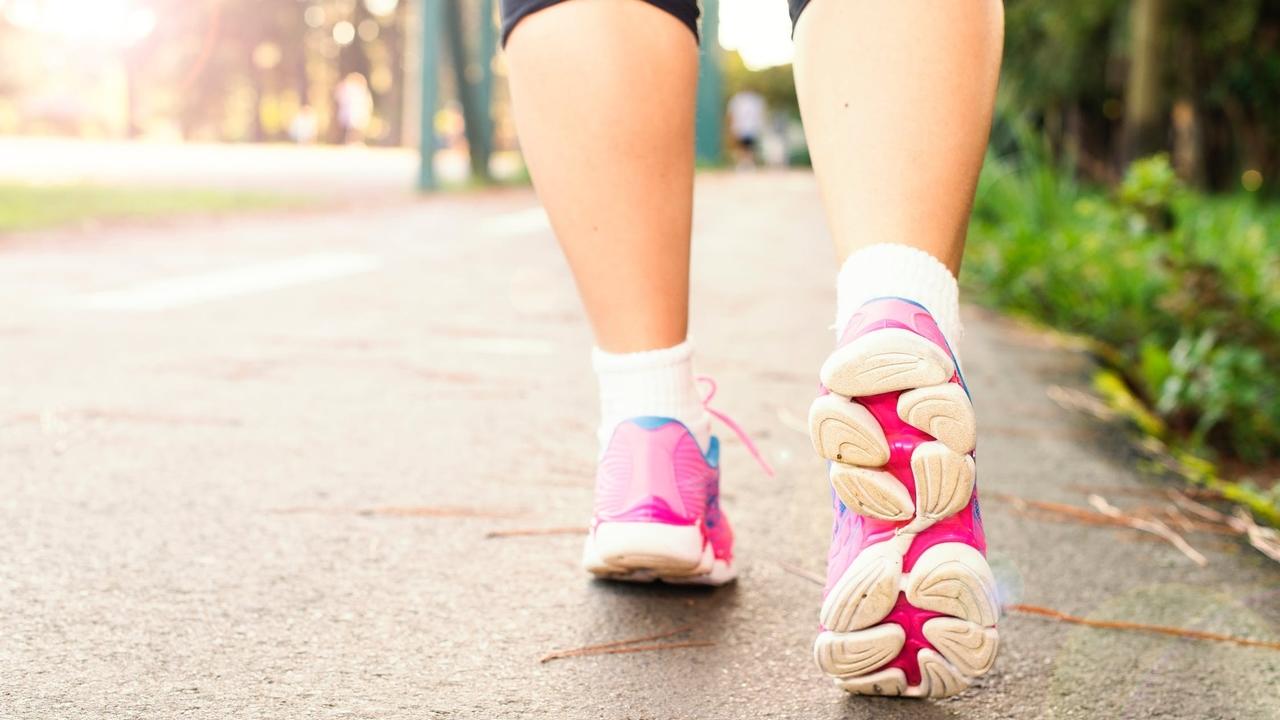Looking into your Sole: 4 Most Common Shoe Wear Patterns & How to Self Assess to Elevate Your Running
Jun 24, 2020
Did you know that taking a look at the bottom of your shoe can give you lots of information about how you run?
As physical therapists and movement specialists we are trained to look at gait and running mechanics. These skills allow us to work like a detective to determine the root cause to your pain or symptoms. Many people believe the location of their symptoms is the area of dysfunction, which in all actuality is a myth majority of the time. We typically see imbalances and strength or mobility deficits in other areas up and down the kinetic chain. We look at past injury history, current and previous training volume and fitness goals in addition to things such as the wear pattern on your shoes to give us additional insight into your movement and what your body undergoes through training to learn the best approach and plan of action for YOU and your symptoms.
So, what does your running shoe wear pattern mean?
Before we jump into that, let’s go over a few basics and terminology commonly talked about with the mechanics of the foot and ankle.
Our foot in general should be stable and our ankle joints have more movement and mobility.
The ankle can move in dorsiflexion (toes pointing up), Plantar flexion (toes pointing down), inversion (big toe points up and bottom of foot goes in), eversion (big toe goes down and bottom of foot will go out to the side)

Our foot and ankle include 28 bones, 33 joints. The movements required are important even with the intricacies at each joint. Another motion of the foot and ankle is supination and pronation. Both of these motions get a lot of attention especially for runners and how their foot strikes and the mechanics of their running.
Supination is a component of inversion, adduction and plantar flexion.
Pronation is a combination of eversion, abduction and dorsiflexion.
Now don’t worry, there won’t be a quiz at the end of this. Yet having awareness of the natural motions of your foot and ankle will help you better understand and connect with what you’re feeling as you run and how your body is responding to your training.
Let’s take a look at 4 common wear patterns (neutral, medial, lateral, heel) we see when assessing their show wear pattern. This gives us additional information regarding running mechanics, overuse injuries.
1. Neutral Wear Pattern
Primary abrasion along the ball and forefoot region of the shoe.

2. Medial Wear Pattern
Excessive wear on the middle and bottom aspect of your shoe tends to be due to overpronation, an exaggeration of the natural inward rolling motion your foot has in the gait cycle.
This motion can lead to:
- Foot, ankle, knee, and hip-related running injuries
- Arch collapse
- Plantar fasciitis
- Inefficiency in running

3. Lateral Wear Pattern
Increased wear along the outside or lateral aspect of the shoe is a sign of lacking a functional pronation and having more of a supination. This type of foot position is rare in the world of running, but still something to mention and be aware of.

4. Heel Wear Pattern
Typically seen with runners with dominant heel strike and overstride as in their feet go out farther in front of their body when running.

Learn How to Do Your Own Running Shoe Wear Pattern Self Assessment
By taking a look at the shoe wear pattern you can now guide your steps moving forward. Here are questions to ask yourself for the next step.
- Do you need a new pair of shoes? Is the tread complete gone to begin with?
- What type of surface am I training on and does this match with the shoe I’m wearing?
- What am I wearing/not wearing on my feet when I’m not running?
- Do I have pain or nagging injuries in my foot/ankle/knee/hip?
Each of these questions aren’t a quick fix solution but more of a guide to what to consider doing next for your training goals and long term wellness. Everyone is unique, like we said earlier our movement patterns are like a fingerprint, individualized to you, so why not get individualized recommendations rather than general advice? We encourage you to reach out to work with one of our performance specialists if you’re a runner looking to improve your training, feel better and build the confidence in your movement and running to thrive!
Don’t just sit back and let your symptoms limit your training. We encourage you to take action to resolve your symptoms and begin your journey toward restoring movement, function, and reducing symptoms of pain. If you are looking for further guidance or one on one exercise programming, please contact us to learn more about what our performance specialists at Inside Out Strength and Performance can do to help you reach your goals and live strong and confident in the life you live.
Most people don’t know how to stay healthy and fit without getting hurt. At Inside Out Strength and Performance we provide a clear plan to get you in the best shape of your life, without getting injured, so that you can be active and confident that you’ll feel your best for years to come.
We help North County San Diego’s active adults and runners dealing with pain or injury get back to living a pain-free, strong, and confident life.
We are the Strength Docs who help active adults and runners live a strong, confident, and pain-free life. Fill out our contact form here to get a clear plan and get started.
